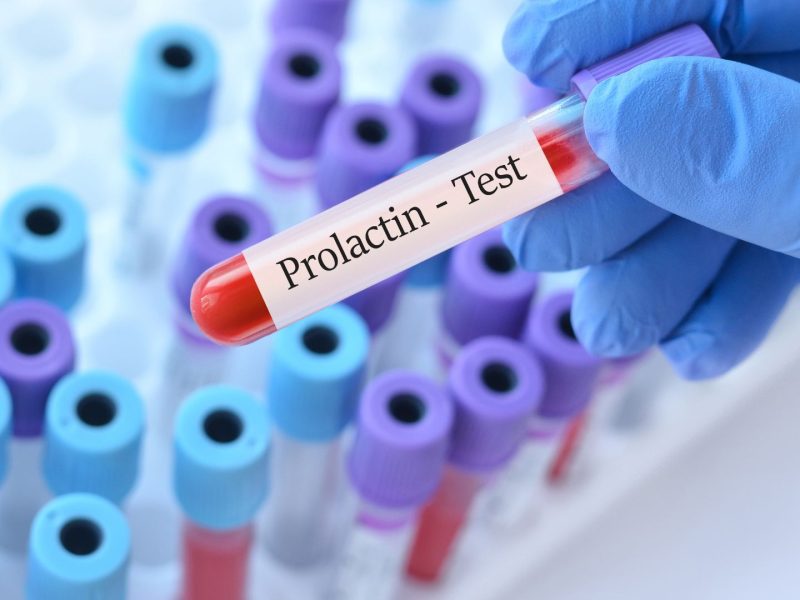Picture your brain as an intricate underwater coral reef, where countless tiny fish (blood cells) swim through elaborate passages (blood vessels) to sustain the vibrant ecosystem. A stroke is like an unexpected disruption to this delicate balance – whether it’s a sudden blockage preventing fish from reaching certain areas, or a breach in the coral structure itself. Let me take you on a deep dive into understanding these critical events that reshape lives every day.
Breaking Down Brain Attacks: More Than Just One Type
Remember the last time your garden hose either got clogged or sprung a leak? That simple comparison helps us understand the two main ways strokes can occur in our brain’s complex network of blood vessels. Let’s explore each type with fresh eyes.
The Major Categories: When Blood Flow Goes Awry
1. Blockage-Based Strokes (Ischemic)
Imagine you’re watering your garden when suddenly the water slows to a trickle because of a kink in the hose – that’s surprisingly similar to what happens during an ischemic stroke. These account for nearly 9 out of 10 stroke cases, and they come in two distinct flavors:
Local Blockages (Thrombotic) Think of these as the gradual buildup of mineral deposits in your shower head. Over time, fatty deposits and cellular debris accumulate in brain vessels until blood flow becomes critically restricted. This type often gives subtle warning signs before a complete blockage occurs.
Traveling Troublemakers (Embolic) Here’s where things get interesting – picture a small leaf getting caught in your pool’s filtration system, then traveling through the pipes until it causes a clog somewhere else. Similarly, these strokes occur when blood clots form elsewhere in the body, perhaps in the heart or neck arteries, then journey to the brain where they create a sudden blockage.
2. Rupture-Related Strokes (Hemorrhagic)
Remember that time a pipe burst during winter? A hemorrhagic stroke is surprisingly similar, except it happens in your brain’s blood vessels. These strokes pack a double punch:
Brain Tissue Bleeding (Intracerebral) When a vessel breaks directly into brain tissue, it’s like a water main bursting under a city street – causing damage both from the bleeding and from the pressure it creates on surrounding areas.
Surface Seepage (Subarachnoid) This type occurs in the space between your brain and its protective covering – similar to water leaking between your house’s roof and ceiling. While less common, these strokes often announce themselves with what patients describe as “the worst headache of my life.”
3. The Warning Shot: TIA (Transient Ischemic Attack)
I like to compare TIAs to those momentary power flickers during a storm – they’re brief interruptions that restore themselves but often herald a bigger event. These mini-strokes typically resolve within minutes to hours but should never be ignored. They’re your brain’s way of waving a red flag.
Understanding Your Personal Risk Landscape
Let’s play a game of “connect the dots” with stroke risk factors. Some dots you can move (controllable risks), while others are fixed in place (uncontrollable risks). Here’s how to navigate this landscape:
Factors Within Your Control
Think of these as the adjustable settings on your brain’s health thermostat:
- Blood pressure (like the pressure gauge on a sophisticated machine)
- Smoking (imagine repeatedly blowing smoke into a delicate computer’s cooling system)
- Physical activity levels (your brain’s maintenance routine)
- Diet choices (the fuel grade you choose for your body’s engine)
- Stress management (your system’s cool-down capability)
Unchangeable Elements
These are your brain’s factory settings:
- Your age (the warranty period on your body’s parts)
- Family health history (your genetic software version)
- Gender (your basic operating system)
- Ethnic background (your hardware configuration)
The Art of Stroke Detection: Beyond FAST
While the FAST method (Face, Arms, Speech, Time) is useful, let’s expand our detection toolkit. Think of it as having multiple sensors monitoring your body’s performance:
Primary Alert Signals
- Sudden confusion (like a computer’s processing glitch)
- Vision changes (screen display errors)
- Balance issues (stability system malfunction)
- Severe headache (internal pressure warning)
- Coordination problems (motor control disruption)
Revolutionary Recovery Approaches
Recovery from a stroke is like restoring a damaged network – it requires patience, persistence, and the right protocols. Each person’s recovery journey is unique, but certain principles remain constant:
The Rebuilding Process
- Emergency response (like initiating disaster recovery)
- Acute care (system stabilization)
- Rehabilitation (network repair and optimization)
- Long-term adaptation (establishing new pathways)
Living Your Best Life After a Stroke
Adapting to post-stroke life is similar to learning to use a new operating system – challenging at first but manageable with the right approach and support:
Daily Adaptation Strategies
- Create new routines that work for you
- Leverage adaptive technologies
- Build a support network
- Focus on incremental progress
- Celebrate small victories
Preventive Measures: Your Brain’s Security System
Prevention deserves its own spotlight because it’s your first line of defense. Think of it as installing a comprehensive security system for your brain:
Daily Brain Protection Protocol
- Regular physical activity (system maintenance)
- Balanced nutrition (quality fuel supply)
- Stress management (overflow prevention)
- Regular health monitoring (system diagnostics)
- Adequate rest (essential downtime)
The Takeaway: Your Brain’s Maintenance Manual
Understanding strokes isn’t just about memorizing medical terms – it’s about becoming the best caretaker for your brain. Think of this knowledge as your owner’s manual for brain maintenance. The key is not just knowing the information but putting it into practice.
Remember, your brain is like a sophisticated supercomputer that’s been running non-stop since before you were born. It deserves regular maintenance, quick response to warning signals, and the best possible care you can provide.
What steps will you take today to protect your brain’s intricate systems? The power to prevent many strokes lies in your daily choices. Start small, but start now – your brain will thank you for it.



